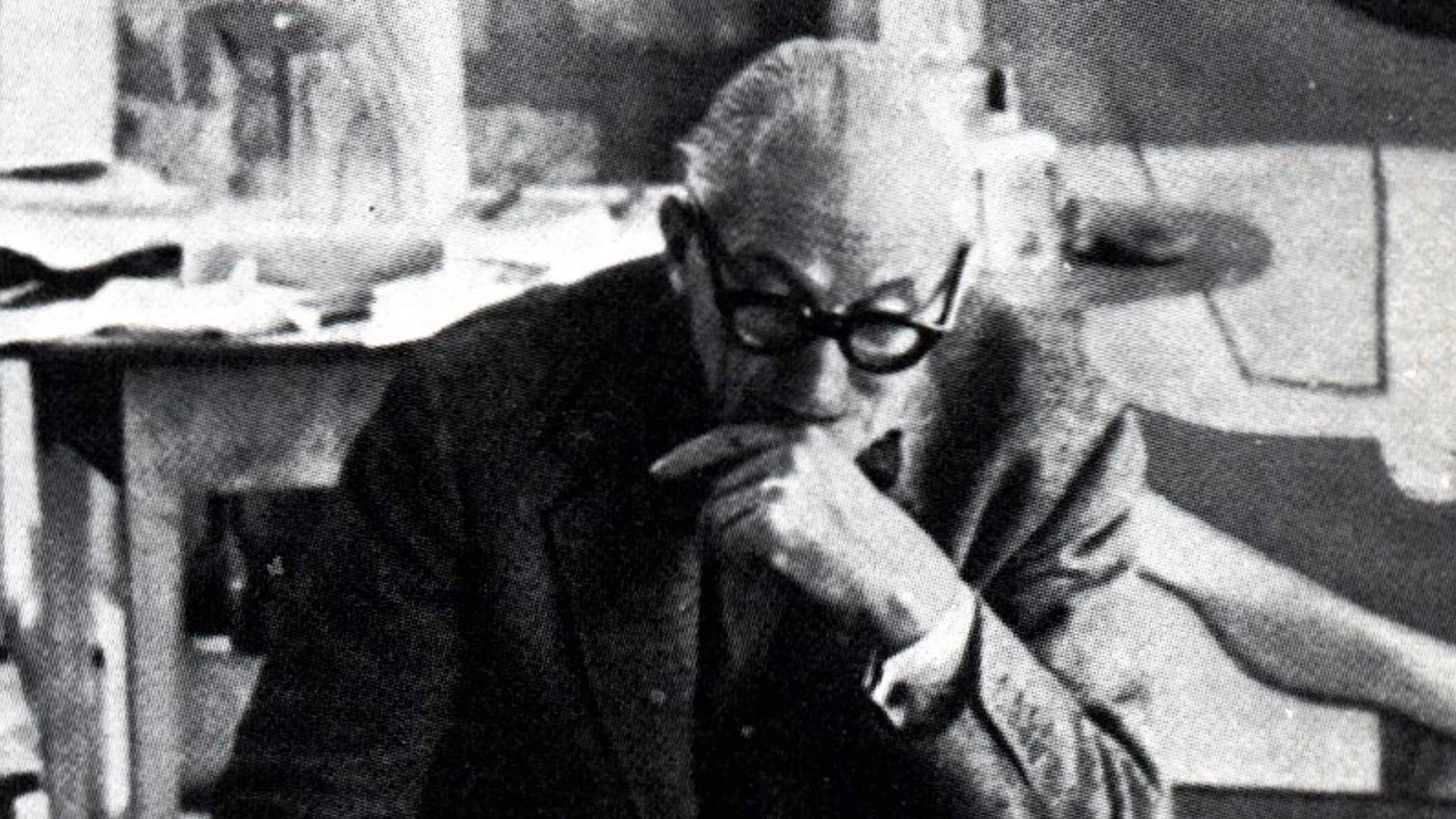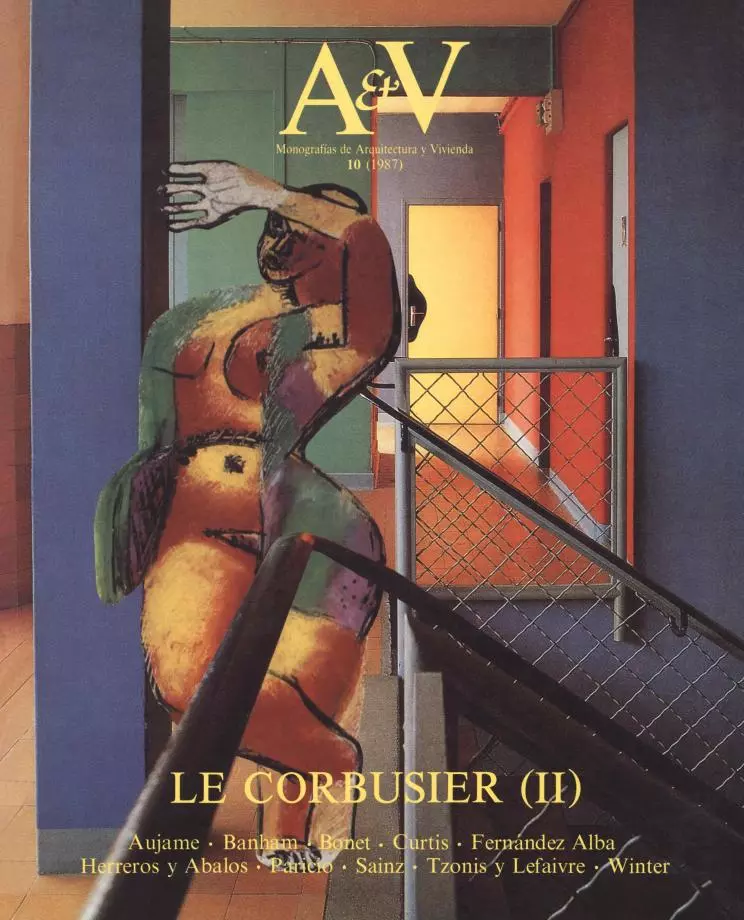
Ideas as ideas remained. They came to ask for being and they were rejected. Paul Valéry, The Soul and Dance.
After 300 years of an era in which science was devoted to demonstrating the privileges of technique, the aesthetic adventure launched from Le Corbusier’s imaginary world was aimed at reconquering the objective discourse of form in industrial society. Le Corbusier, a Calvinist who was convinced that the morality of uniformity could accept the spirit of repetition and a call to order, lost no effort in his battle to impose the right angle. His doctrine would provide more air, more light, more green space and greater hygiene for all.
Le Corbusier believed that the material objects with which the new architecture was to be constructed were iconographic symbols o f a new religion whose roots lay in scientific reasoning. It was for that reason that he was so insistent with his compositional design catechisms, with their childish images, inconclusive silhouettes and analogical sketches. He drew his ideas as if they were objects, and he substituted objects with ideas.
One hundred years after his birth, Le Corbusier’s image reaches us like an unfulfilled desire to be an archeologist of figurative sensations. He tried to eliminate all historical references so as to be able to explain the images contained in new architecture. Basing himself on human needs, he simulated all his era’s plastic references, driven by a desire, which he did not attain, to formulate a metadiscipline out of modern architecture. In an effort to convince himself that his plans reflected the inclinations of the vanguard, he randomly combined experiences and feelings, and data and intuitions. He reached a point at which he thought his projects should reflect the desires of timeless spaces more than the contingencies of his time.
His powers of seduction inspired hope at the precise moment when architecture’s spaces and forms were being forged in the workshops of the industrial revolution. He was consecrated as a prophet and the poet of new architecture; his prophecy materialized in drawings of sequences of reality presented as idealized fiction. Thus it is no trick of the imagination that, with the passage of years, his constructions float in space like the silhouettes of the machines he so adored. His sense of space, which was more literary than constructive, prevented him from displaying another sense of space whose method consisted in transforming surroundings and making people live in aesthetic harmony with construction, not in an empirical representation of space.
Le Corbusier never confined his melancholy disposition to the safe refuges of resignation. Faithful as a catechumen, he believed in the provocative effect of his prophecies, which were later plagued by unexpected accidents, and he grew progressively poetic as he grew older.





